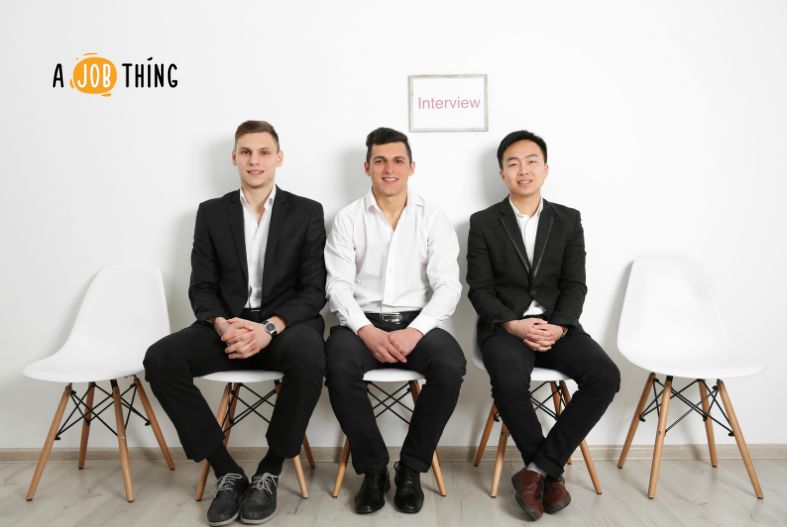
Applicant-To-Hire Ratio: What Does It Mean?
Are You Hiring?
Find candidates in 72 Hours with 5+ million talents in Maukerja Malaysia & Ricebowl using Instant Job Ads.
HIRE NOW
In this article, we'll concentrate on the applicant/interview-to-hire ratios, which are crucial for high-volume and seasonal recruitment. These ratios can range from the number of applications to hires to applicant-to-interview ratios for both initial and final interviews.
It's crucial to have applicant and interview-to-hire ratios defined and measured when considering large volume hiring, whether for seasonal, a new location, or technically skilled and specialist positions. This will help you decide how aggressively and broadly to extend your hiring net.
What does the applicant-to-hire ratio mean?
The applicant-to-hire ratio measures the proportion of job applicants to those hired.
Lever, a firm that develops recruiting technology, released a report that found that company size directly impacts your applicant-to-hire ratio. The information used aggregated data from over 4 million applicants, thousands of hires, and roughly 1,000 employers. Employers with fewer than 100 employees hire one out of every 94 applicants, while those with over 1,000 employees generally assess 129 applicants before hiring.
In addition, the study revealed that most candidates spend 3 hours and 44 minutes interviewing and participating in four interviews. Companies devote the most time to interviewing individuals in the technical field (between four and six hours).
The jobs with the fewest interviews often had the lowest applicant-to-hire ratios. The average hiring process takes 34 days. The median hiring duration for businesses with more than 1,000 workers is 41 days.
How to increase the applicant-to-hire ratio
The applicant-to-hire ratio is a helpful approach to comprehend and assess the number of applicants you require in a funnel before making a job offer if you are interested in increasing the pool of qualified candidates.
Sourced candidates are more likely to be qualified, trailed by applicants and staff referrals. By bringing in more qualified prospects, extending your pool of sourced options helps enhance the applicant-to-hire ratio.
You are additionally enhancing your initial screening procedure. For instance, by including screening questions on the application, you can significantly raise the calibre of applicants reachable.
You can significantly reduce your applicant-to-hire ratio by utilising many channels to advertise your available positions and media, specifically targeting candidates more likely to be qualified.
Look at applicant-to-hire ratios across the board, cost per hire, and source of employment to establish your most cost-effective hiring sources for job applicants by demand and position type.
This measure can be easily modified by using targeted approaches like programmatic advertising. When developing your recruitment marketing or programmatic advertising strategies, consider what your top applicants would search for when considering a job change and career growth.
Your advertising campaign may benefit from highlighting topics such as your organisation's staff training and development programmes.
What does the interview-to-hire ratio mean?
The number of applicants a hiring manager must interview before making an offer is known as the interview-to-hire ratio. The average interview-to-offer ratio is around 4.8:1. A desirable ratio is at least 3:1.
This indicator is valuable as it also indicates the average time devoted to interviews during the employment process. It also shows how much time your team's senior members dedicate to hiring.
How to increase the interview-to-hire ratio
The average interview-to-hire ratio data should be broken down into distinct roles. Check to see if one particular job is affecting your findings. To determine who is having trouble, do the same for the hiring manager and department.
You can also separate it based on the hiring process. This will make comparing performance between the preliminary or screening interview and the final hiring manager interview easier. You can collaborate with the hiring managers to provide support if you are further along.
In the end, you want to ensure they know the requirements and standards for the open positions.
This statistic is essential for reducing the hiring time and streamlining the entire recruiting process. It's simple to determine which stages of the hiring funnel are moving more slowly by breaking it down by phase. The candidate experience and your employer brand may be impacted if more candidates are interviewed, but no offers are made.
The effectiveness of your human resources team depends on using these KPIs to streamline your hiring procedures. They play a critical role in budgeting, forecasting, and planning for hiring. Without them, it is tough to defend budget hike requests for new initiatives and technology to boost team output.
One of your company's most expensive and crucial operations is hiring personnel. By using analytics for these ratios, you can concentrate on particular areas with your team to enhance your screening and interviewing processes. This can help your business save thousands of ringgit on each hire.
Visit the HR Library to acquire all relevant HR resources.
Contact here for more information on hiring employees.





